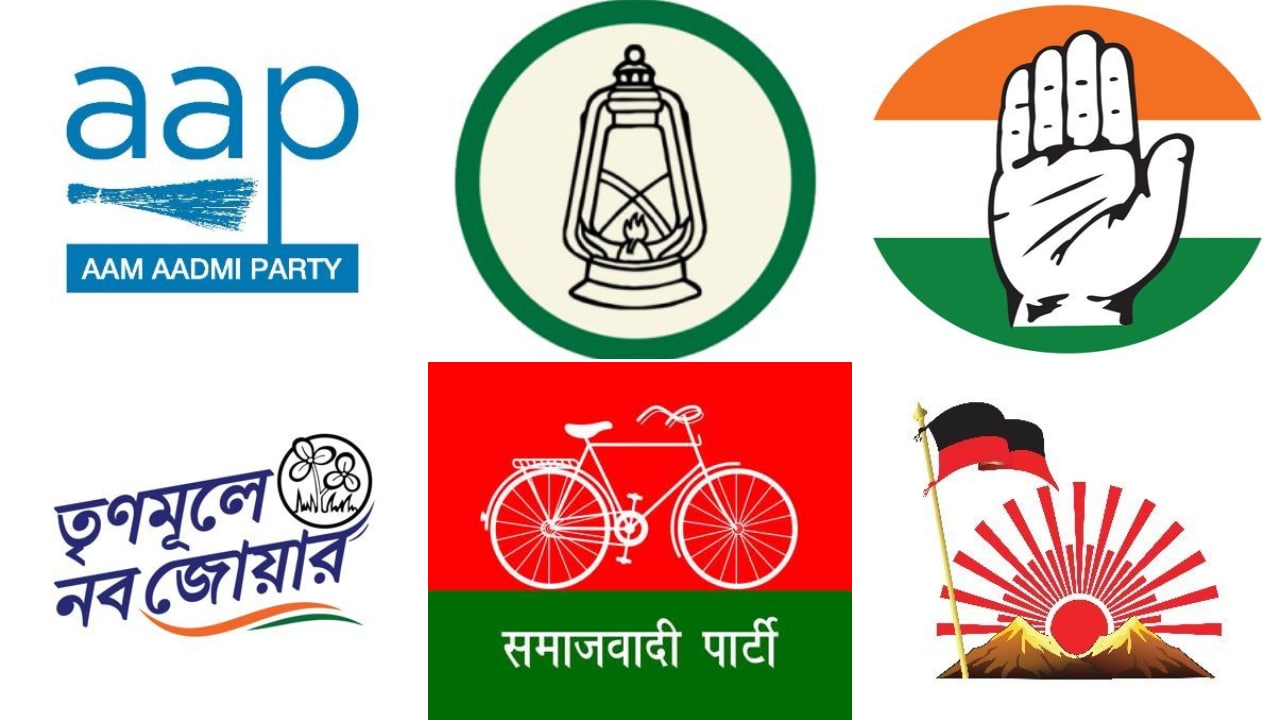Rebranding has become a widely-used marketing tool, often employed to signal a shift in strategy or enhance brand recall while adapting to changing consumer preferences. Political parties are now tapping into this power of rebranding as well. Stepping away from the United Progressive Alliance (UPA), a coalition of 26 Opposition parties, comprising two national and 24 regional parties, has united under the banner of the Indian National Developmental Inclusive Alliance (INDIA). Brand experts are calling this a master stroke.
“A political brand called INDIA, though seems to have evolved organically, compares to a master strategy in political brand positioning. The sheer diversity of the political opposition unity becomes its strength, implying that such a mosaic is what India is,” said N Chandramouli, CEO at consumer analytics and brand insights agency TRA Research.
According to Chandramouli, the name already comes with a tremendous recall and brand loyalty. The brand is not something that needs to be created but exists in the hearts of voters.
As per a Harvard Business Review paper on rebranding, ‘Successful rebranding doesn’t involve inventing a new persona—it’s a shift in emphasis that should prompt others to say, I can see you doing that’.”
That is exactly what INDIA is doing—harnessing the power of the word.
Some experts said the acronym captures the same enthusiastic and united spirit as the cheering crowds in sports matches shouting “India, India…” in support of their team.
Elections are no longer what they used to be. Structured campaigns, digital strategies, social media tactics and several professional agencies and managers together create a brand that fights elections. Naturally, the Opposition is drawn to the benefits of being the brand that already has a loyal following.
However there would be challenges too. ‘The opposition alliance name INDIA is a great brand, touching the nationalistic chords. It reminds of the 2004 NDA’s campaign ‘India Shining’ which was big in hype, but failed to deliver results because it didn’t reflect reality. In the same way, the new alliance INDIA will be tested time and again because it lacks cohesion with weak bonds to hold this coalition and the signs of a future power struggle,” said Anup Sharma, an independent political communications consultant.
According to Sharma, the alliance name INDIA also has brought back the Bharat vs India debate.
“In the socio-political context, the debate continues to emphasise the adherence to traditional Indian ethos versus degeneration under the influence of western culture. For some, India is colonial and Bharat is the ‘true’ identity. For both NDA (National Democratic Alliance, the Bharatiya Janata Party-led bloc that is in power now) and the new alliance INDIA, it will be key to cultivate the aspirations of the new ‘Indians’ across ‘Bharat’ with differentiated communication strategies and a strong narrative,” he said.
Interestingly, experts also pointed out that while a medley of parties may be challenging to remain united, any party within the INDIA alliance wanting to leave will grab attention and make headlines about that party wanting to ‘leave India’.
“Such a scenario could actually strengthen the cohesiveness of the alliance,” said experts.
